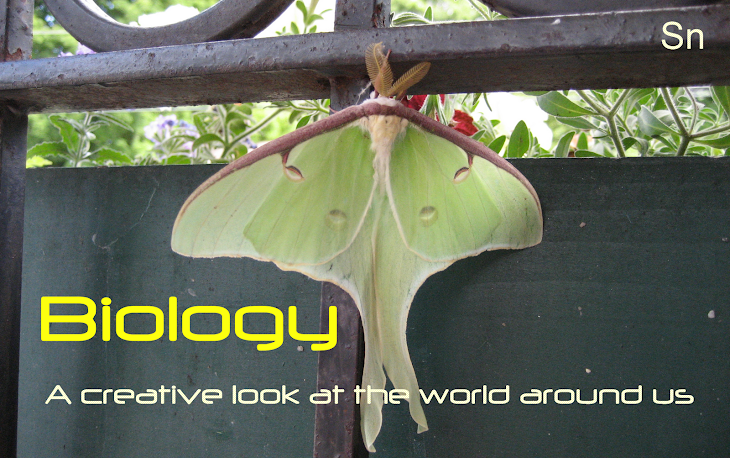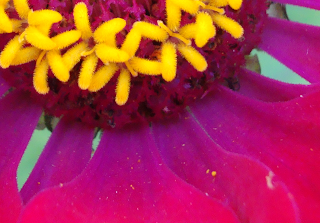photo taken by ScienceNrrd
Spring is easing itself right in to life again, and I was lucky to get a jump-start on it by spending a few days in a warmer climate, where flowers are already in bloom. Instead of looking out my window, longing for the sun to burst through the cold, instead of pulling my scarf just a little more tightly around my neck, I found myself sitting on a deck in a sleeveless tank, munching on begonias. With an occassional sneeze and a lazy smile, I spent several days with one of my favorite snacks at my reach. Their tart, juicy, sweet petals are a temptation my taste buds have not been able to resist since I discovered their delicious secret during my teenage rebellions.
*
"Come here," I had whispered to my youngest sister, "you need to try something."
"What is it?" she had asked, wondering at the sly look on my face.
"Just come. I found something, and it's incredible."
She followed my outside to the deck, and watched as I plucked a petal off a begonia plant and ate it.
"What?" she asked, confused, as I picked another and handed it to her.
"Eat it. It's amazing."
"Eat it?"
"Yes. It's like Starbursts, only as a flower," I said.
She took the petal, cautiously putting it to her mouth, one eyebrow raised. I watched her chew as delight spread across her face. "Mmm, those are good. Give me another one."
We sat outside eating begonias until we had picked every petal out of every pot. Not until we stood to go back inside did it occur to us what the consequences of our herbicidal snack might be. "Mom's gonna kill us." As we predicted, our mother was anything but happy when she found her potted garden decimated.
*
Since those days, I have often enjoyed the tartness of the flowers, albeit with more restraint. I've invited many companions to try the delicacy, with mixed reactions. I've shared the delights of the floral delicacy to a new crop of polleneaters, and to my delight, they enjoy it as much as I do. The budding snackers are eager and willing, and with some direction, manage to not destroy the plants. Instead, they pull off petals and dab pollen on their faces, playing with their food before eating it.
And as I sat on the deck praising the sun, a little polleneater approached me with a yellow nose.






